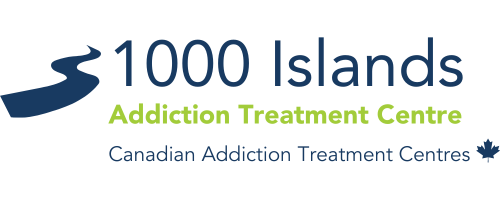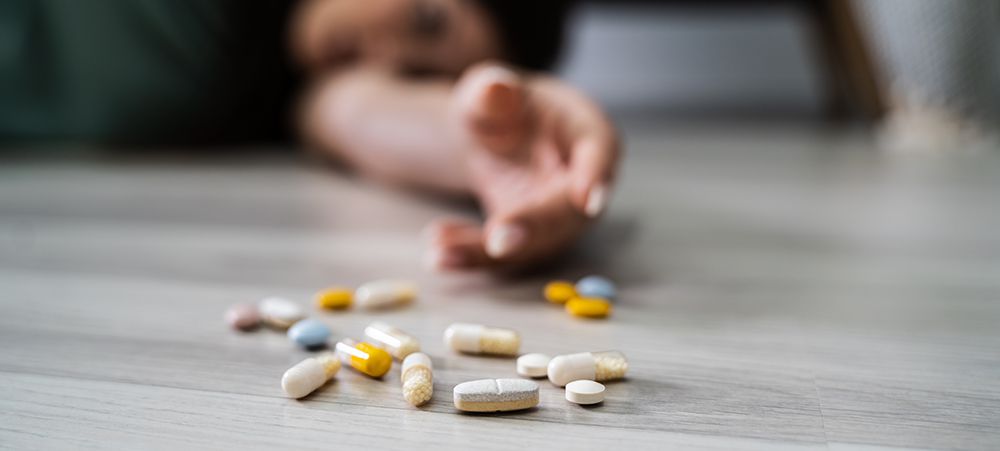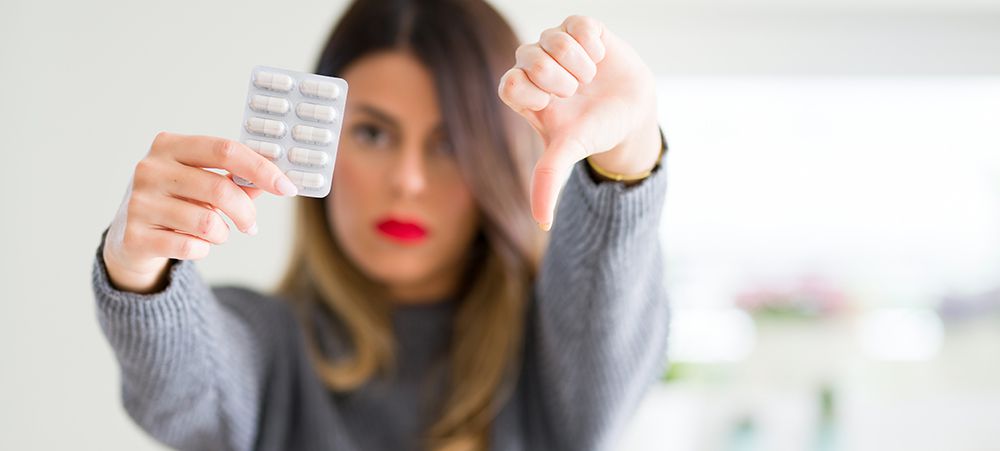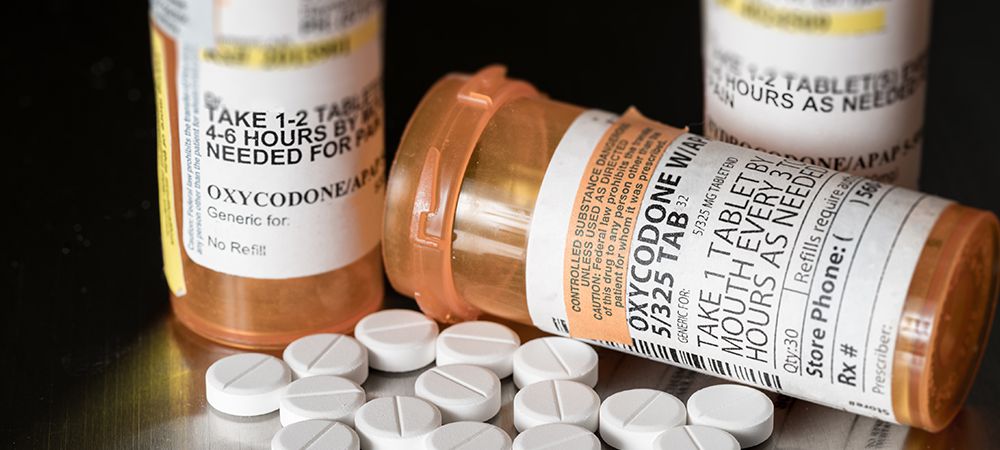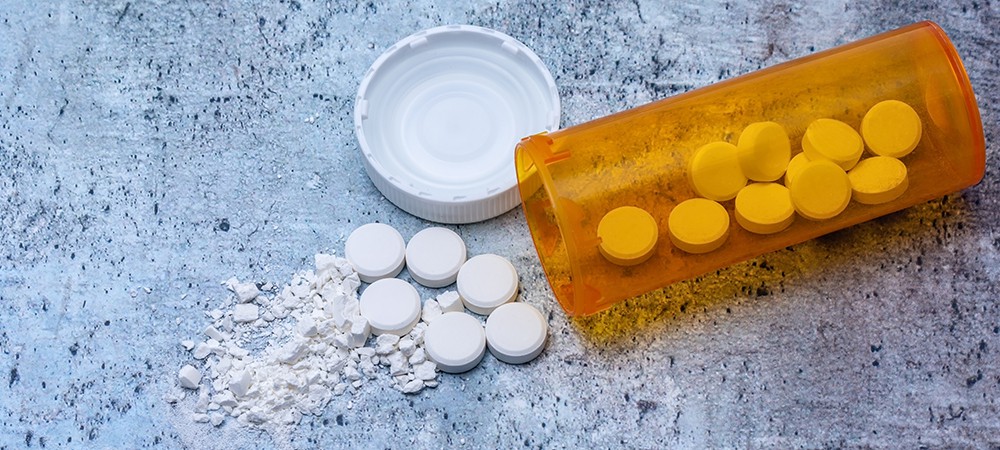
At-Home vs. Medical Detox: Which Is Better?
Quitting use of drugs or alcohol is not as simple as – well, quitting. It takes time for any substance to fully work its way out of your system and for your body to start working normally again. During this process, you may experience withdrawal symptoms that range from being mildly uncomfortable to downright dangerous. In some cases, unsupervised withdrawal can be fatal.
There are several factors to think about when deciding how and where to detox, one of the biggest being the substance that you are withdrawing from. In this article, we will discuss withdrawal and why it happens, the key differences between at-home and medical detox, and how to figure out which one is best for you.
What Is Withdrawal?
The primary reason people abuse drugs and alcohol is because it makes them feel good. These substances do this by artificially triggering the brain to release “feel good” chemicals, such as dopamine. This results in feelings of euphoria, tranquility, confidence, and any number of other positive emotions. The more drugs you use, the more you need: as you develop a tolerance for the substance, you need to ingest more in order to achieve the same effects.
While this is happening, your body is getting used to receiving regular doses of the substance. Eventually, you may reach a point where your body is operating more with the drugs than without them, and a dependence develops. This means that the body is so accustomed to the substance that it goes into varying degrees of shock when the substance is withheld. The result is withdrawal symptoms that range from being mildly uncomfortable to potentially fatal.
Common Withdrawal Symptoms
The nature and severity of withdrawal symptoms varies widely depending on a number of factors, the biggest of which is the substance you are withdrawing from. Some substances, such as marijuana, typically produce withdrawal symptoms that are mild and pose no danger. Others, like alcohol, are associated with dire withdrawal effects like delirium tremens, seizures, and cardiac arrest.
Other factors that may impact your withdrawal experience include:
- Your age, weight, and sex assignment at birth
- Whether you have any coexisting physical or mental illnesses
- Whether you are using any other substance, including prescription medications
- How long you have been using drugs or alcohol for, your frequency of use, and your dosage per use
Different substances produce different withdrawal symptoms, but there are some symptoms that are common across most substances.
Opioid Withdrawal Symptoms
Early opioid withdrawal symptoms include a runny nose, watery eyes, fever, sweating in the absence of physical exertion or external heat, and dilated pupils.
These symptoms may give way to nausea and vomiting, diarrhea, loss of appetite, bone and muscle pain and weakness, elevated blood pressure and heart rate, and agitation/restlessness.
Sedative Withdrawal Symptoms
Withdrawal from sedatives such as benzodiazepines takes place in three stages:
- Early withdrawal: gastrointestinal pain or discomfort, elevated blood pressure and heart rate, restlessness, and panic/anxiety
- Mid-stage withdrawal: fever, sweating in the absence of heat or activity, insomnia, shaking, loss of appetite, diarrhea
- Late withdrawal: hallucinations, agitation, erratic blood pressure and heart rate, seizures
Alcohol Withdrawal Symptoms
Alcohol withdrawal can result in headaches, insomnia, anxiety, palpitations, gastrointestinal pain or discomfort, and loss of appetite. Some individuals experience a severe form of withdrawal called delirium tremens, which is characterized by elevated blood pressure and heart rate, hallucinations, disorientation, fever, and sweating in the absence of activity or heat.
Stimulant Withdrawal Symptoms
Withdrawal from stimulants like cocaine and methamphetamine can lead to exhaustion, depression, restlessness, irritability, and an increased need to eat and sleep.
Why Does Detox Location Matter?
Like other parts of your recovery process, your detox plan should be customized to your unique needs and circumstances. Some people anticipate mild withdrawal, and may be able to detox safely at home. Others are more likely to experience more intense withdrawal symptoms and would be safer in a detox facility.
Medical Detox
For some people, medical detox is the only safe way to stop using a substance. If you choose this route, you will be admitted to an inpatient detox facility, where you will be supervised by a team of medical professionals throughout your detox process. You will be kept as comfortable as possible, and withdrawal symptoms will be treated as they arise. In some cases, you may be gradually withdrawn from the substance. Medication is often used to treat cravings and/or withdrawal symptoms.
Many addiction rehab facilities have on-site detox clinics, in which case you are generally able to go from detox straight into a rehab program. However, there are some facilities that are dedicated to detox only. If you are not able to get into a rehab facility immediately upon completing detox, or if you choose to not go to rehab, you will need to have a relapse prevention plan in place.
At-Home Detox
Not everyone needs medical detox. If you are planning to go through withdrawal at home, there are some things you should consider:
- Avoid being alone. If you do not live with anyone, arrange to have a trusted loved one with you, who can help you pass the time when you have cravings, ensure that you are eating and hydrating, and get you medical attention if needed.
- Stock up on nutritious meals before you start your withdrawal. Prepare meals in advance.
- Hydration during withdrawal is important. Ensure that you have access to plenty of drinking water.
- Have a post-withdrawal plan set up. When your withdrawal is complete, your recovery is just beginning. Your plan might simply consist of going to rehab, but it could also include an outpatient program or a schedule of activities to follow at home.
- If you do relapse, talk to a doctor as soon as you can. Any relapse has the potential to make further detox/withdrawal attempts more complex.
Which One Is Best?
Some factors to consider when choosing between withdrawing at home or going to a medical detox facility include the following:
- The substance you are withdrawing from: some produce inherently more dangerous withdrawal symptoms than others
- Prior substance abuse history
- Whether you have coexisting conditions that need to be managed during withdrawal
- Whether you have a strong support system in the form of close friends and family members
- Whether you are pregnant or using any prescription medications
In all cases, it is wise to talk to your doctor before starting your withdrawal. Your doctor will help you determine, based on your individual risk factors, what your best detox/withdrawal option is.
Detox And Rehab In One Location
At Thousand Islands Rehab Centre, we will support you right from the start of your recovery journey, including detox. A team of dedicated, compassionate medical professionals will keep you safe through the rigours of withdrawal. Following that, as a top addiction rehab in Toronto we will put together an addiction treatment plan that is customized just for you. For more information, call us today.
